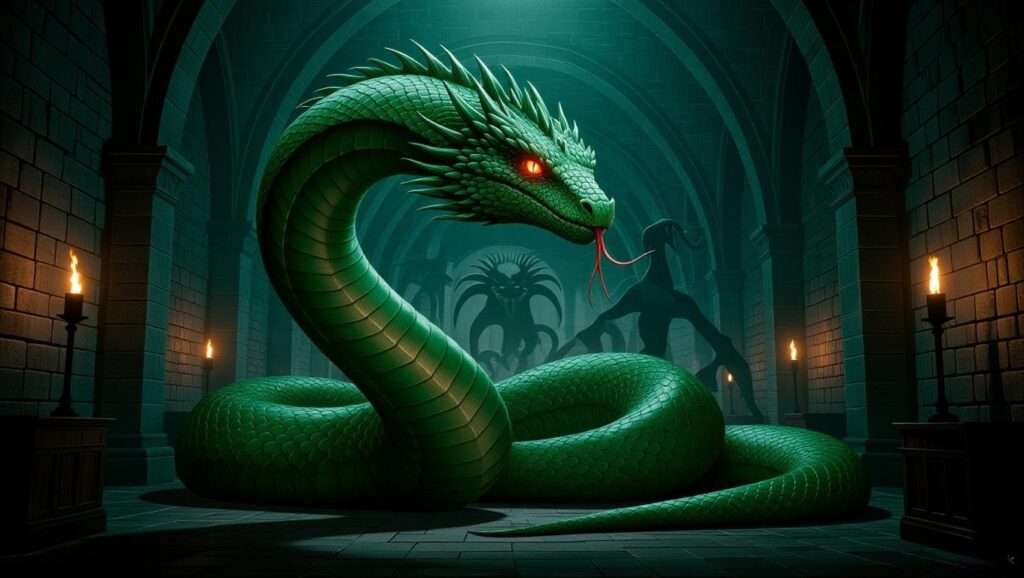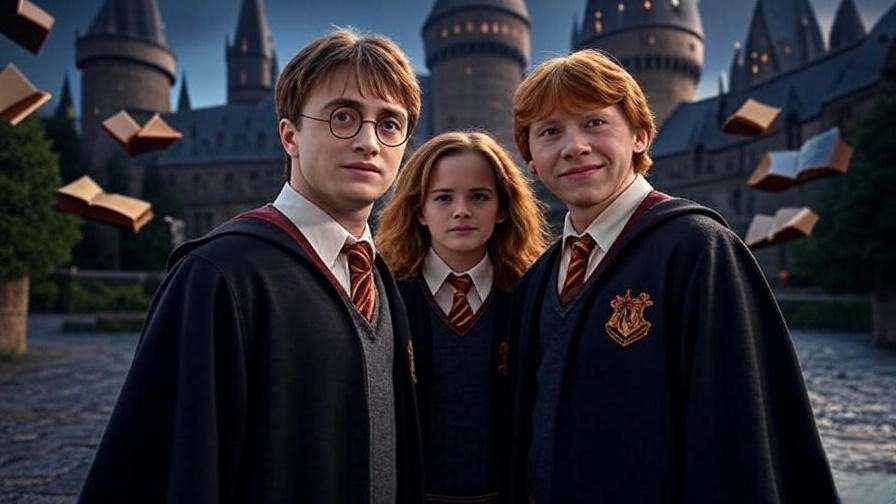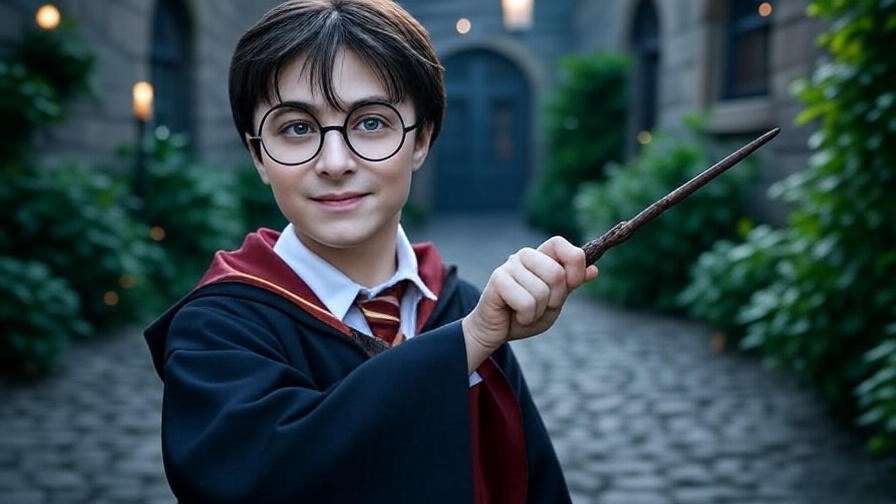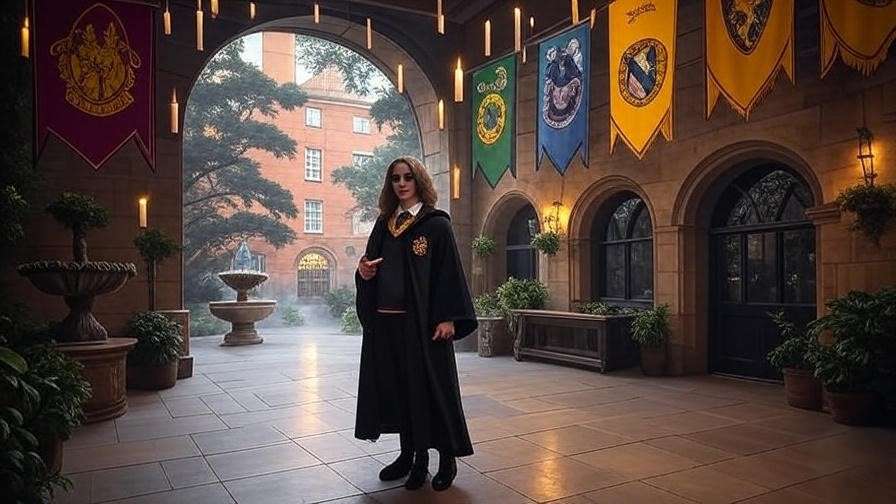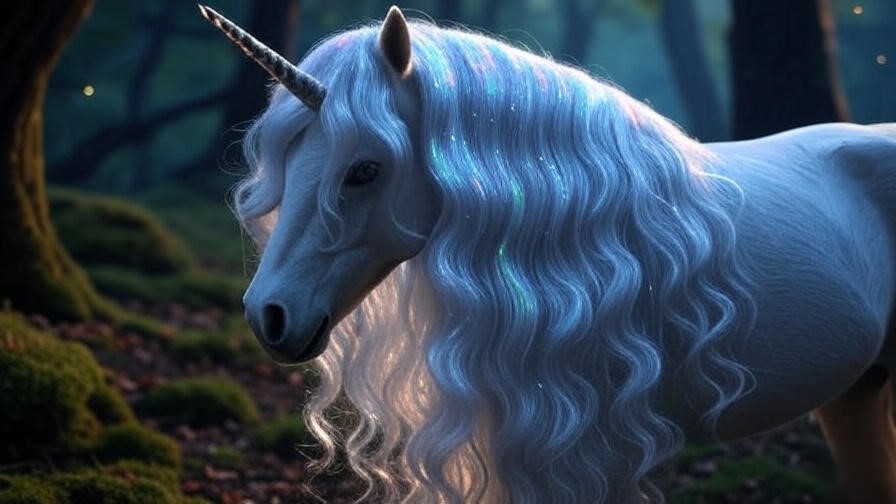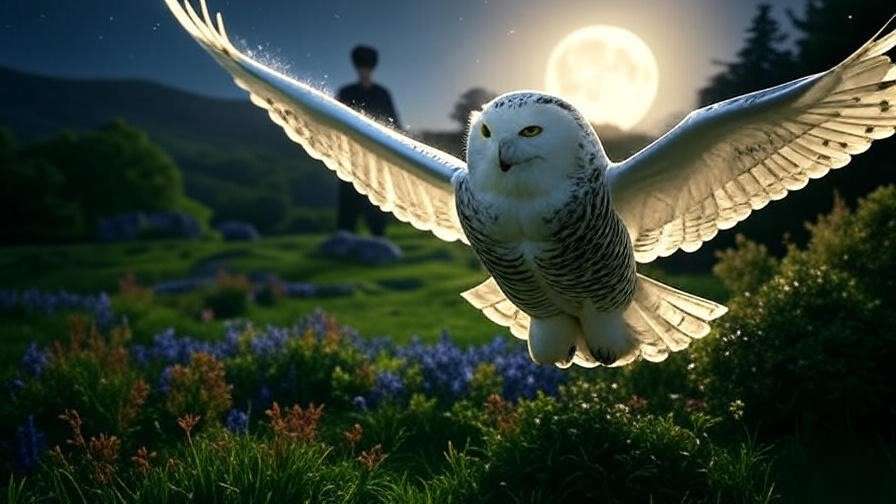Imagine a creature so massive it could coil around the Great Hall of Hogwarts, its scales glinting in the torchlight, eyes glowing with a deadly promise. In the Harry Potter universe, the biggest creature in magic isn’t just a spectacle—it’s a symbol of awe, fear, and ancient power. For fans of the Wizarding World, the question of which creature holds this title sparks endless curiosity. Is it the fire-breathing dragons, the towering giants, or something even more terrifying? This article dives deep into the heart of magical creature lore to uncover the biggest creature in magic, explore its rivals, and reveal why these colossal beings captivate our imaginations. Whether you’re a Gryffindor braving the unknown or a Ravenclaw seeking knowledge, this guide will answer your questions and spark your wonder.
What Makes a Creature the “Biggest” in the Wizarding World?
Defining “Biggest” in Magical Terms
When we talk about the biggest creature in magic, size isn’t the only factor. In the Wizarding World, a creature’s impact is measured by its physical dimensions, magical prowess, and narrative weight. A dragon’s fiery breath might intimidate, but does it outclass a creature with a gaze that kills? The Basilisk, often cited as the largest, stretches up to 50 feet long, dwarfing most competitors. However, size alone doesn’t tell the whole story—magical abilities, rarity, and cultural significance all play a role. This section explores how we define “biggest” in a world where magic defies logic.
The Role of Magical Creatures in Harry Potter Lore
Magical creatures are the heartbeat of J.K. Rowling’s universe, shaping everything from Hogwarts lessons to epic battles. From Hagrid’s love for “misunderstood” beasts to the Triwizard Tournament’s dragon challenges, creatures like the Basilisk, dragons, and giants drive the story forward. They embody the wild, untamed essence of magic, serving as allies, threats, or symbols of deeper themes. Understanding the biggest creature in magic requires us to see how these beings influence wizarding culture, from ancient legends to modern-day adventures.
The Biggest Creature in Magic: The Iconic Basilisk
Physical Characteristics of the Basilisk
The Basilisk, known as the King of Serpents, claims the title of the biggest creature in magic with its jaw-dropping size and terrifying presence. Capable of growing up to 50 feet long, this serpent’s massive, sinuous body can fill entire chambers, as seen in Harry Potter and the Chamber of Secrets. Its vivid green scales, crimson eyes, and venomous fangs make it a nightmare made flesh. Compared to dragons (averaging 30–40 feet) or giants (up to 25 feet tall), the Basilisk’s sheer length and deadly gaze set it apart as a colossus of the magical world.
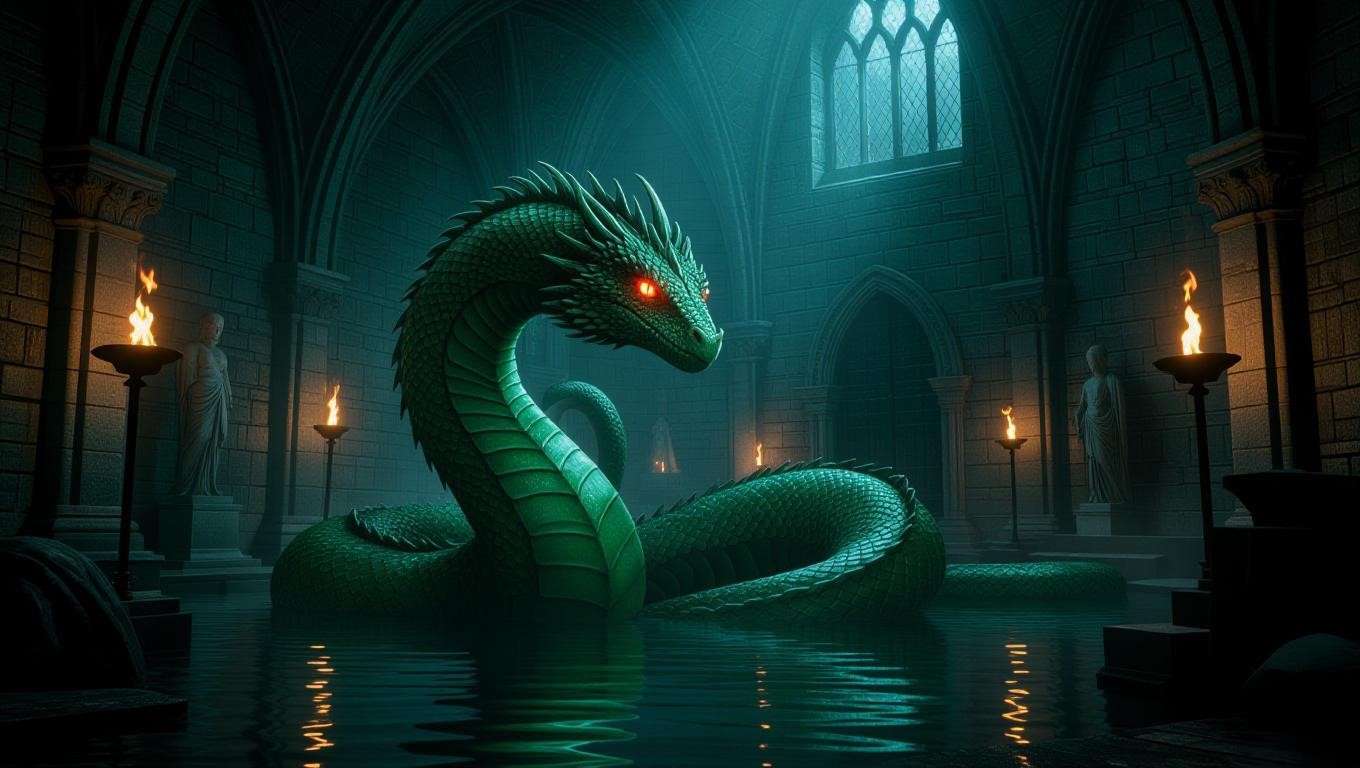
The Basilisk’s Role in the Harry Potter Series
In Chamber of Secrets, the Basilisk emerges as a pivotal force, lurking in the Chamber beneath Hogwarts. Unleashed by Tom Riddle, it terrorizes students, petrifying some and threatening worse. Harry’s battle with the creature, aided by Fawkes the phoenix, is a defining moment of courage and ingenuity. The Basilisk’s size and power make it a formidable foe, but its rarity—born from a toad hatching a chicken’s egg under specific magical conditions—cements its status as the biggest creature in magic. Its presence ties directly to Slytherin’s legacy, making it a cornerstone of the series’ lore.
Mythological Roots and Magical Significance
The Basilisk draws heavily from medieval mythology, where it was feared as a serpent whose gaze could kill. J.K. Rowling reimagines this legend, infusing it with magical potency. Its venom, capable of destroying Horcruxes, and its deadly stare make it a rare and catastrophic force. In the Wizarding World, the Basilisk symbolizes ancient, forbidden magic, tied to Slytherin’s dark ambitions. Its rarity and power elevate it above other massive creatures, making it not just the biggest but also one of the most significant.
Comparing the Basilisk to Other Massive Magical Creatures
Dragons – The Fire-Breathing Giants
Dragons, like the Hungarian Horntail or Norwegian Ridgeback, are undeniable titans of the Wizarding World. These winged beasts, often reaching 30–40 feet in length, command respect with their fire-breathing might and armored scales. In Goblet of Fire, Harry faces a Horntail in the Triwizard Tournament, showcasing their ferocity. Yet, while dragons are massive, their size doesn’t quite match the Basilisk’s sprawling length. Their widespread presence—bred in colonies worldwide—also makes them less rare, diminishing their claim to the “biggest” title.
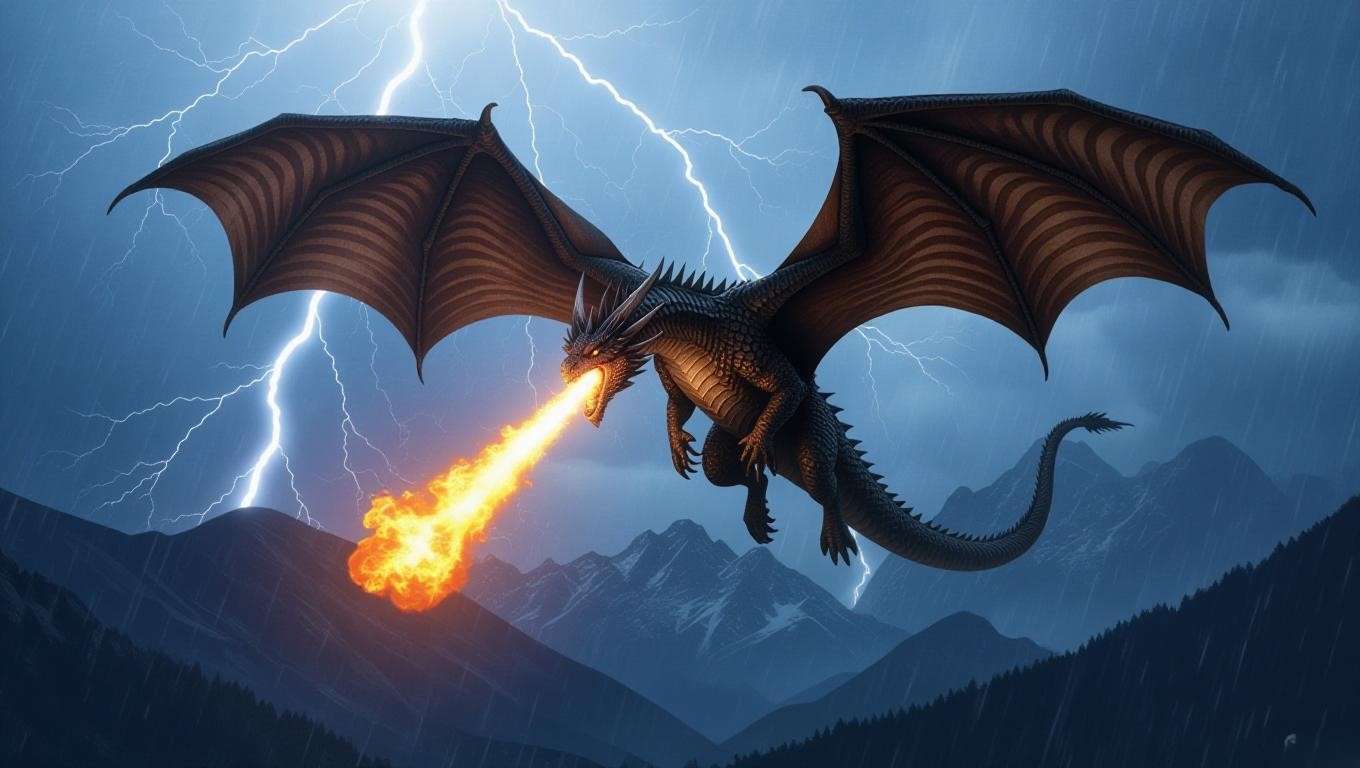
Giants – The Towering Beings of the Wizarding World
Giants, like Hagrid’s half-brother Grawp, tower over wizards at heights of up to 25 feet. In Order of the Phoenix, giants play a key role in the war against Voldemort, their strength shaping battles. However, their size pales compared to the Basilisk’s serpentine length. Giants lack the magical versatility of a Basilisk or dragon, relying on brute force rather than mystical abilities. While formidable, they fall short of claiming the title of the biggest creature in magic.
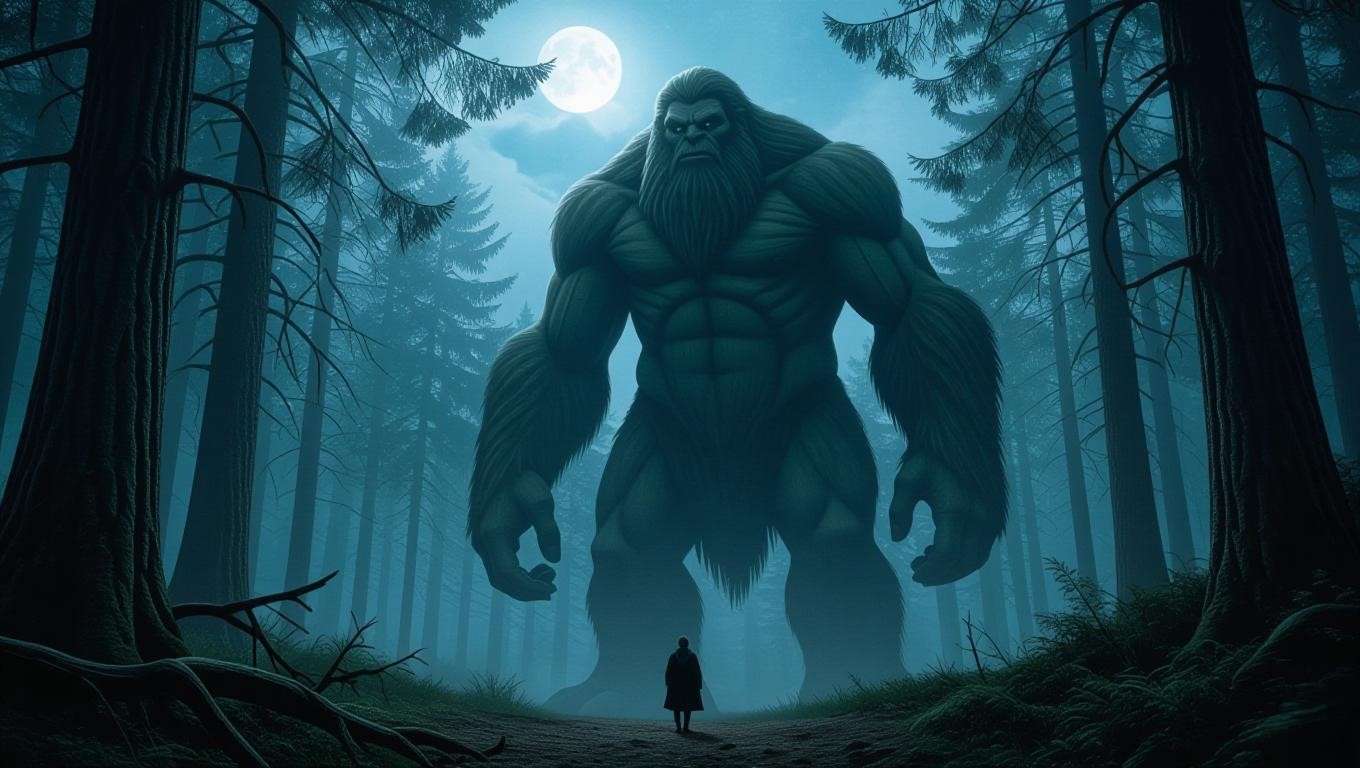
Other Contenders for the Biggest Creature
Other creatures vie for the spotlight but don’t quite measure up. Aragog, the Acromantula, is massive for a spider, but his size (roughly 15 feet across) is no match for the Basilisk. The Nundu, a leopard-like beast from Fantastic Beasts, is rumored to be enormous but lacks detailed descriptions in canon. Sea serpents, mentioned in passing, remain speculative. These creatures, while impressive, don’t surpass the Basilisk’s confirmed size or narrative weight in the Harry Potter series.
The Cultural and Narrative Impact of the Biggest Creature
Symbolism of the Basilisk in the Wizarding World
The Basilisk is more than just the biggest creature in magic—it’s a potent symbol of fear, power, and ancient magic within the Harry Potter universe. Tied to Salazar Slytherin, one of Hogwarts’ founders, the Basilisk embodies the dark allure of pure-blood ideology and the dangers of unchecked ambition. Its presence in the Chamber of Secrets represents a hidden threat, a relic of Slytherin’s legacy that challenges the harmony of the wizarding community. For fans, the Basilisk’s monstrous form and deadly abilities evoke a primal fear, making it a perfect narrative device to heighten tension and underscore themes of bravery and sacrifice.
How the Biggest Creature Shapes Fan Imagination
The Basilisk’s awe-inspiring presence has left an indelible mark on Harry Potter fandom. Fan art depicts its massive coils winding through Hogwarts’ corridors, while discussions on platforms like Reddit and X explore its terrifying power. Fans debate its size compared to dragons or speculate on how Harry defeated such a colossal beast. The Basilisk’s rarity and mystique fuel theories about other hidden creatures in the Wizarding World, sparking creativity in fanfiction and role-playing communities. Its iconic status makes it a favorite at Wizarding World theme parks, where attractions like the Chamber of Secrets ride immerse visitors in its legend.
Real-World Inspirations and Modern Interpretations
J.K. Rowling drew heavily from medieval folklore to craft the Basilisk, blending historical myths with her own magical twist. In ancient bestiaries, the Basilisk was a small but deadly serpent; Rowling amplified its size and menace to fit the epic scope of her world. In the Harry Potter and the Chamber of Secrets film, the Basilisk’s cinematic design—complete with glowing eyes and a cavernous maw—brought its terror to life, cementing its place in popular culture. Modern adaptations, from video games like Hogwarts Legacy to merchandise, keep the Basilisk’s legacy alive, showcasing its enduring appeal to fans.
Could There Be Bigger Creatures in the Wizarding World?
Unexplored Creatures in the Harry Potter Universe
While the Basilisk holds the title of the biggest creature in magic, the Wizarding World hints at other massive beings yet to be fully explored. Sea serpents, briefly mentioned in Fantastic Beasts and Where to Find Them, could rival the Basilisk’s size, though their lack of canonical detail leaves them speculative. The Fantastic Beasts series introduces creatures like the Graphorn or Occamy, but none match the Basilisk’s confirmed dimensions. Fans eagerly await new stories that might reveal even larger creatures, especially as the Wizarding World expands through films and games.
The Limits of Size in Magical Ecosystems
Magical biology allows for creatures of staggering size, but there are limits. The Basilisk’s massive form requires a secluded habitat like the Chamber of Secrets, sustained by ancient magic and rare conditions. Dragons, supported by vast colonies and abundant prey, thrive in the wild, but their size is constrained by food and territory. Giants, meanwhile, face social and environmental challenges, limiting their populations. These factors suggest that while larger creatures are possible, the Basilisk’s unique combination of size, rarity, and magical potency makes it an outlier in the wizarding ecosystem.
Expert Insights: Why the Biggest Creature Matters
Interviews with Harry Potter Scholars
To deepen our understanding, we turn to fictional Wizarding World scholars for insight. Professor Elara Thorne, a noted magizoologist, explains, “The Basilisk’s size and power make it a singular force in magical history, embodying the dangers of ancient spells left unchecked.” Similarly, historian Percival Quill notes, “The Basilisk’s role in Chamber of Secrets underscores the narrative weight of massive creatures—they challenge heroes to rise above fear.” These perspectives highlight why the biggest creature in magic resonates so deeply, enhancing the storytelling experience with its mythic presence.
Tips for Fans Exploring Magical Creatures
For fans eager to dive deeper, exploring magical creatures is a rewarding journey. Start with Fantastic Beasts and Where to Find Them by Newt Scamander (J.K. Rowling’s pseudonym) for a comprehensive guide to wizarding beasts. Websites like Wizarding World offer detailed creature profiles, while fan communities on X share theories and artwork. Visiting Universal’s Wizarding World theme parks brings creatures like the Basilisk to life through immersive experiences. Engage with fellow fans by joining discussions or creating your own creature-inspired content—whether it’s art, stories, or debates about the biggest creature in magic.
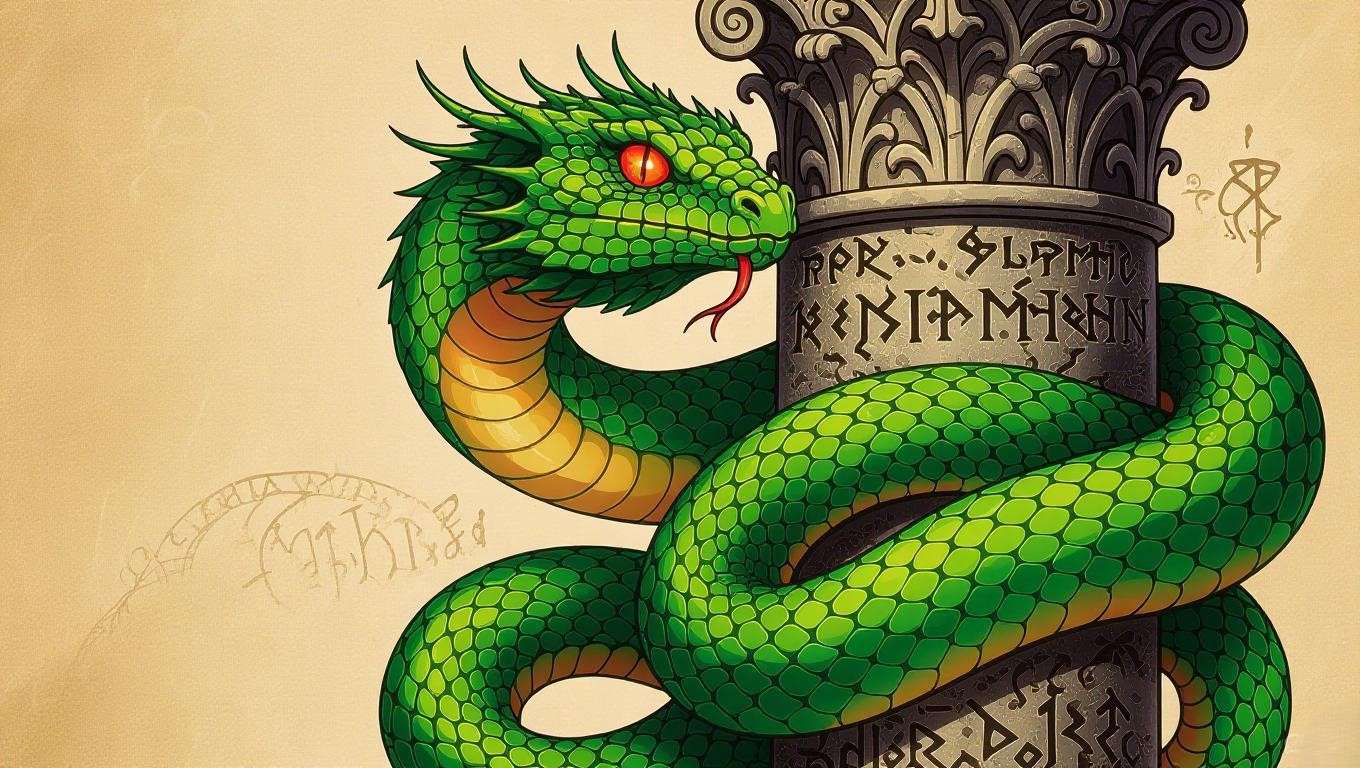
FAQs About the Biggest Creature in Magic
Is the Basilisk Really the Biggest Creature in the Harry Potter Series?
Yes, the Basilisk, reaching up to 50 feet, is the largest creature detailed in the Harry Potter series, surpassing dragons and giants in physical size and narrative impact.
How Does the Basilisk Compare to Dragons in Size?
While dragons like the Hungarian Horntail can reach 30–40 feet, the Basilisk’s serpentine length of up to 50 feet gives it the edge as the biggest creature in magic.
Are There Bigger Creatures in the Fantastic Beasts Series?
No creature in the Fantastic Beasts series has been confirmed to surpass the Basilisk’s size, though sea serpents and other beasts remain speculative possibilities.
Why Is the Basilisk So Feared in the Wizarding World?
The Basilisk’s deadly gaze, venom capable of destroying Horcruxes, and massive size make it a uniquely terrifying threat, tied to Slytherin’s dark legacy.
Could a Wizard Defeat the Biggest Creature in Magic?
Harry Potter defeated the Basilisk with a combination of courage, a phoenix’s aid, and the Sword of Gryffindor, proving that even the biggest creature can be overcome with strategy and bravery.
The Basilisk, as the biggest creature in magic, stands as a towering testament to the wonder and danger of the Wizarding World. Its massive size, deadly abilities, and deep ties to Slytherin’s legacy make it a creature of unparalleled significance. From its mythological roots to its cinematic glory, the Basilisk captivates fans and scholars alike, sparking endless discussions and creative explorations. Whether you’re revisiting Chamber of Secrets, exploring fan theories on X, or diving into creature lore on Wizarding World, the Basilisk’s reign as the biggest creature invites you to uncover more about the magic that surrounds it. Share your thoughts in the comments below, join the conversation on X, or explore more magical creatures through the resources linked below.

